
Colon polyps are bumps within the interior of the large intestine, something similar to “pimples” that appear in the mucus that covers the inside of the colon. They normally measure a few millimeters and may be prominent, flat, or have a stem that is attached to the mucus like small “mushrooms” (these are called pedunculated polyps). On occasion, there may be a great number of them, which is considered to be a disease called polyposis.
Polyps are significant due to the possibility that they could consist of precancerous cells. They are called adenomatous polyps. These polyps may degenerate over time and develop into colon cancer. Removal of polyps that measure more than a few millimeters helps to avoid the appearance of cancer. In this may, in the majority of cases, polyps could be considered precancerous lesions.
Typically, and due to their small size, they are usually totally asymptomatic. If they are large in size, there is the possibility that they experience surface erosions which leads to blood in the stool. They may also produce an anemia due to the small losses of blood that is not seen but can be detected with a stool test. Rarely, and in the case of a development of a large polyp, they can cause obstructions of the large intestine.
Currently, the best method to detect them is a COLONOSCOPY, since it allows direct visualization of the polyps, detecting flat or very small polyps, or even, in the majority of cases, a removal procedure can be done in the moment. It is very important the maintain a correct diet and appropriate preparation in order to clean the colon, because the ability to see and appropriately detect the polyps will depend on this. Other techniques for diagnosis are x-ray tests, such as the barium enema (an x-ray of the abdomen that introduces contrast through a colon enema) or a computerized tomography scan (CT scan), which consists of an abdominal tomography (scan), that through its computerized analysis and reconstruction allow visualization of the inside of the colon. In order to complete this procedure, an exhaustive cleansing is required of the large intestine, and although it allows detection of polyps, the smallest and flattest of those can still go unnoticed. This requires a colonoscopy if there are any polyps detected.
The majority of polyps may be directly removed at the time of the colonoscopy, using special forceps or very small cutting snare. This is known as a COLONOSCOPIC POLYPECTOMY.
On occasion, more complicated techniques are required (advances in endoscopies allows it), avoiding that the patient has to undergo surgery. Nowadays there are techniques that allow removal of large polyps or those that have special characteristics, such as Endoscopic Mucosal Resection (EMR) or endoscopic submucosal dissection (ESD). Sometimes, it is not possible to do endoscopic treatment, and this requires surgery in order to remove part of the large intestine that contains the polyp. All of the removed polyps must be referred for a microscope analysis and to be able to know the characteristics of the polyp, if there is any abnormality and extension of that.
To continue, there are examples of polyps that have been detected in colonoscopies done with our patients at HC Marbella International Hospital by Dr. Jose Miguel Rosales Zábal:
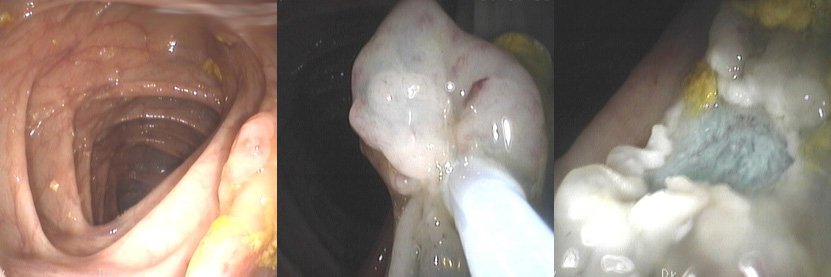
A. Adenomatous polyp and resection with snare.
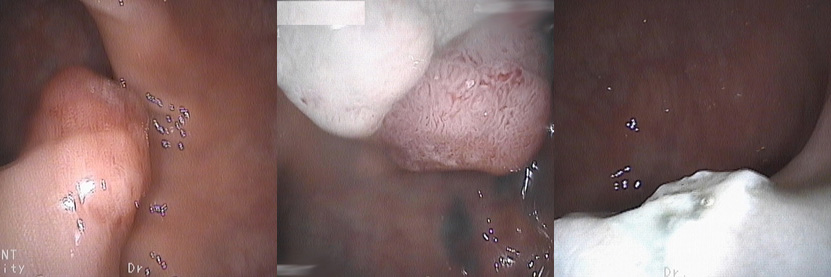
B. Adenomatous polyp and resection with snare.
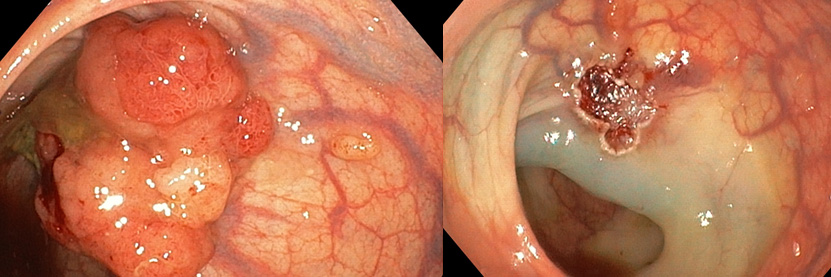
C. Adenomatous polyp and resection with snare.
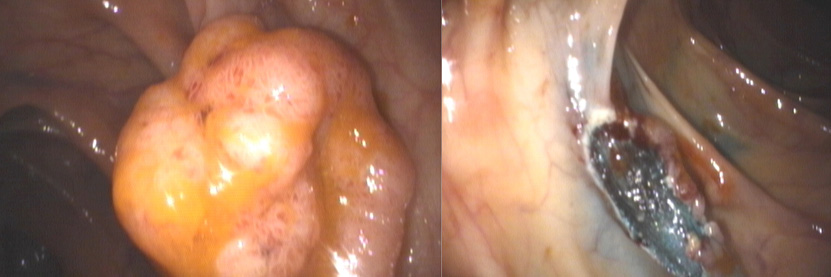
D. Adenomatous polyp and resection with snare.
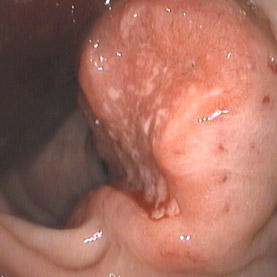
E. Adenomatous polyp and resection with snare.
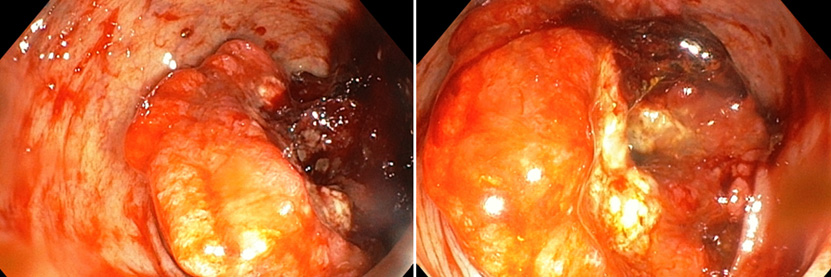
F. Malignant colon tumor.
 Dr. José Miguel Rosales Zábal
Dr. José Miguel Rosales Zábal
Digestive System Specialist
HC Marbella International Hospital
February 13, 2018
Read other news
Tel.: +34 952 908 628
+34 609 148 799
952908898 Oncology
951829978 Diagnosis by imaging
951829947 Gynecology
952908897 Fertility
951829947 Physiotherapy